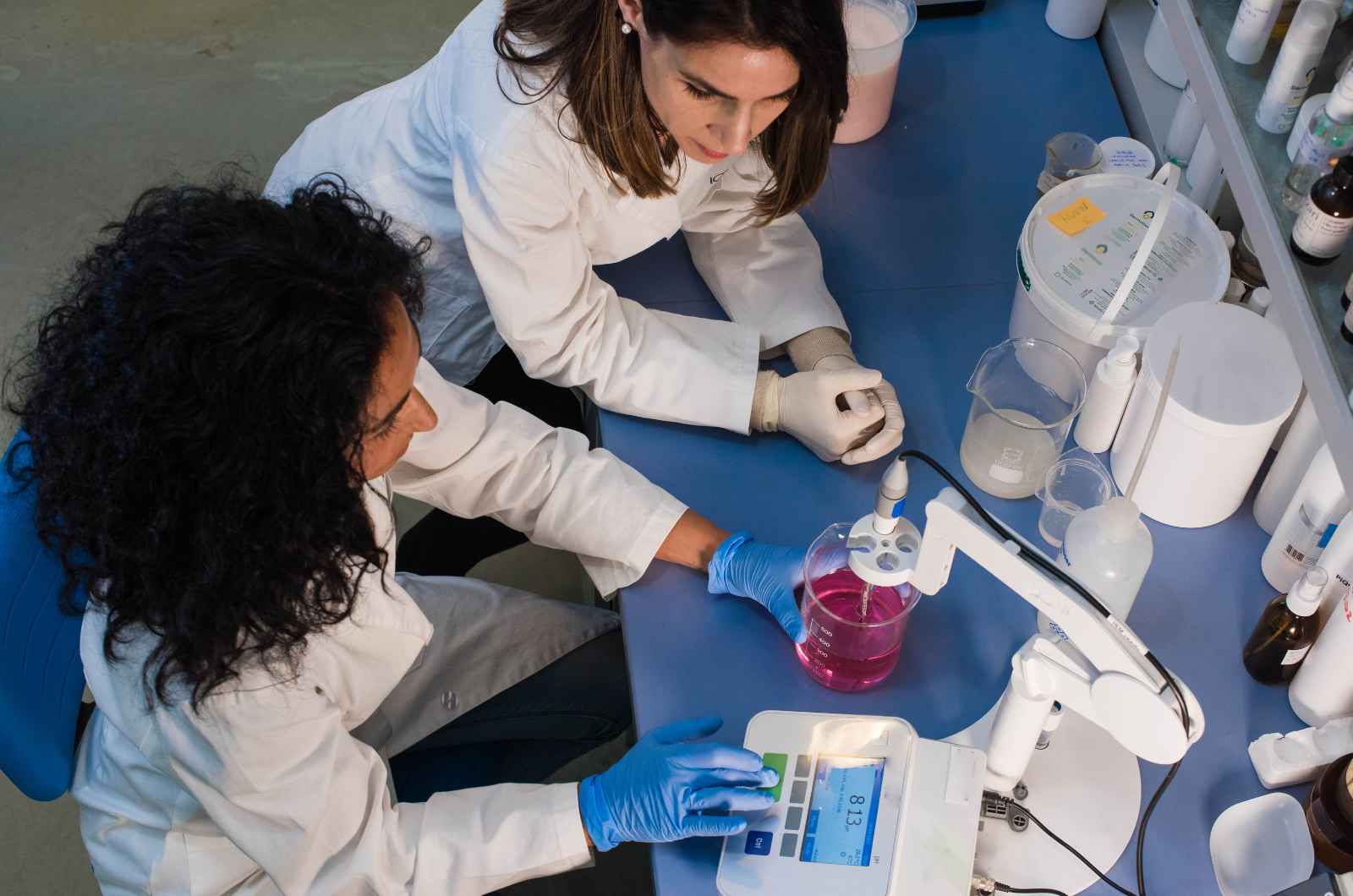Anatomy cadaver labs play a vital role in medical education. They provide students with hands-on experience, allowing them to study human anatomy in a real-world context. These labs bridge the gap between theoretical knowledge and practical skills, ensuring a comprehensive understanding of the human body.
What Hands-on Learning Experience Do Cadaver Labs Provide?
Cadaver labs offer a unique hands-on learning experience essential for medical students. By working with real human tissues, you gain a tactile understanding of anatomical structures that is impossible to achieve through textbooks or digital models alone. These labs allow you to explore the spatial relationships between organs and tissues, providing a three-dimensional perspective that enhances your comprehension.
In cadaver labs, you have the opportunity to observe anatomical variations and pathologies firsthand. This exposure prepares you for the diversity you will encounter in clinical practice. The hands-on nature of these labs helps reinforce theoretical knowledge, making it easier to recall information during practical applications.
Furthermore, the immersive experience of cadaver dissection engages multiple senses, which aids in cementing anatomical details in your memory. Overall, cadaver labs provide an invaluable learning environment that bridges the gap between theoretical study and real-world medical practice.
How Do Cadaver Labs Enhance Understanding and Retention?
Cadaver labs significantly enhance understanding and retention by providing a multi-sensory learning experience. When you work with real human tissues, it becomes easier to grasp the three-dimensional relationships between anatomical structures. This tactile interaction allows you to feel the textures and consistencies of different organs, which cannot be replicated by textbooks or digital models.
Additionally, cadaver labs offer a chance to observe anatomical variations and pathologies firsthand. This exposure prepares you for the diversity you will encounter in clinical practice. Studies have shown that medical students who participate in cadaver dissections have better information recall compared to those who rely solely on other methods. The hands-on nature of these labs helps cement anatomical details in your mind, making it easier to remember them during exams and real-life medical situations.
In summary, cadaver labs provide an immersive and effective way to deepen your understanding of human anatomy and improve your retention of critical information.
What Advanced Facilities and Technology Are Used in Cadaver Labs?
Modern cadaver labs are equipped with advanced facilities and technology to enhance the learning experience. You'll find surgical lights and high-definition cameras that provide clear visibility during dissections. Improved ventilation systems, including downdraft tables, ensure a safe and comfortable environment by minimizing chemical fumes. Additionally, digital resources like Anatomage tables allow you to compare digital models with real anatomical structures. These technologies create a professional setting that mirrors actual medical environments, ensuring that you are well-prepared for clinical practice. By integrating these advanced tools, cadaver labs significantly improve the quality of anatomical education.
What Are the Ethical Considerations and Professionalism in Cadaver Labs?
In cadaver labs, you learn to respect the dignity of the human body, appreciating the selfless act of body donation. This experience fosters professionalism and ethical mindfulness, essential traits for future healthcare providers. By working with real human specimens, you develop empathy and a deeper understanding of your responsibilities in medical practice.
What Are the Limitations and Alternatives to Cadaver Labs?
Cadaver labs, while essential, come with certain limitations. Maintaining these labs can be resource-intensive and costly due to the need for proper preservation, storage, and ethical handling of human bodies. Additionally, some students may find working with cadavers emotionally challenging.
To complement traditional cadaver labs, institutions are exploring digital alternatives. Virtual dissection tables and 3D anatomy software offer interactive and detailed anatomical studies without the need for physical specimens. These tools can enhance learning by providing a different perspective and are especially useful in situations where access to cadaver labs is limited.
In conclusion, anatomy cadaver labs are essential in medical education. They provide unmatched hands-on experience, deepen understanding, and foster professional ethics. Despite their resource intensity, the benefits they offer in bridging theoretical knowledge with practical skills make them indispensable in comprehensive anatomical training.
click here for more info: biotechanatomy
